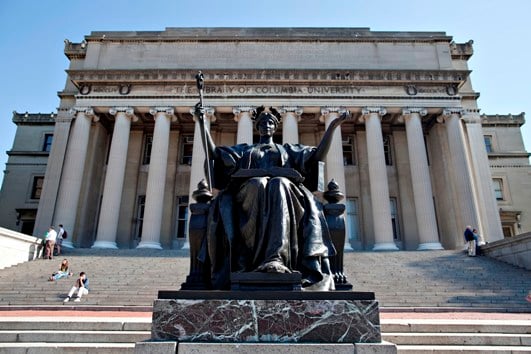Near 5% hike in 2012, far outstripping inflation; burden being shifted to parents
Tuition and fees at U.S. public universities rose 4.8 percent this year to an average $8,655, as the smallest increase in 12 years still outpaced inflation, a College Board report found.
“It's an improvement in a bad story,” said Sandy Baum, an independent policy analyst for the College Board.
Nonprofit private colleges increased tuition and fees 4.2 percent to $29,056. The report, for the 2012-2013 school year, marks a shift from the previous year, when public universities raised prices twice as much as private schools.
Skyrocketing college costs and graduates' trillion-dollar debt have become a campaign issue, with President Barack Obama promoting his efforts to provide lenient payment plans for borrowers and challenger Mitt Romney expressing concern the government is postponing financial pain.
Public universities blame decreases in state funding for their tuition hikes.
The public-college increase outstripped inflation of about 2 percent or less during the period when administrators made their decisions.
Still, the increase represented a slowing of tuition gains over the past decade, which averaged more than 5 percentage points above the inflation rate, Baum, a professor emerita at Skidmore College, said in a telephone interview.
Two-thirds of full-time undergraduate students receive grant aid, so most students pay less than colleges published “sticker prices,” according to the College Board, the New York-based nonprofit group that administers the SAT college entrance exam.
Grant Aid
The amount of grant aid available to students is now little changed, after years of increases, so students will be bearing more of the cost, the College Board said.
“We are seeing a shift in the cost of college to students and families, which they have to make up with student borrowing,” said Pauline Abernathy, vice president of The Institute for College Access & Success, a nonprofit advocacy and research group based in Oakland, California.
Adding in the cost of room and board, average total charges for an in-state public university were almost $18,000 and out- of-state, $31,000. Students at private, nonprofit colleges paid on average $39,500.
In 2010-2011, 57 percent of public four-year college students left school with debt, averaging $23,800, the College Board said. Two-thirds of those at private nonprofit schools graduated with debt, which averaged $29,900.
(--Bloomberg News--)







